Barr Hill Gin & Tom Cat Reserve – Two-Pack
€385.99
About Barr Hill Gin & Tom Cat Reserve – Two-Pack
Barr Hill Gin is a London dry-style gin that, unlike other gins, uses only one botanical during distillation — juniper. The rest of its complex, gentle flavor profile comes from the raw honey, which is added during a second distillation. “Honey is incredibly expensive to harvest,” Hardie notes, and harder still to ferment. “Even with a Bachelor’s of Science in agriculture, I didn’t know that the way you’re taking care of your bees and your people goes into every product — every bottle,”he says. “With a strict science background, they don’t teach you that, but it’s true. The consumer will know the difference between a good and a mediocre product.”
Following distillation, which occurs in a 25-gallon recycled stainless steel still (a testament to Hardie’s commitment to environmental sustainability), the gin is bottled and sealed with beeswax (what else did you expect?) cut from a huge hunk of luminous lemon-yellow wax from Singing Cedar Apiaries. Barr Hill Gin has touches of juniper and ginger, which are accented by notes of sweet honey. The gin earned the Double Gold Medal at the 2012 New York International Spirits Competition.
Barr Hill Tom Cat Reserve is crafted by maturing Barr Hill Gin for three to four months in new American oak casks. “While resting in the barrels, the gin is constantly transforming,” says Hardie. “The charred barrels contribute to the brown color of the spirit and give our Barr Hill Reserve Tom Cat its complex flavor.” Tom Cat Reserve has also has notes of juniper and ginger, but has touches of caramel, vanilla and honey that are robust and bountiful.
“The best fertilizer is always the footprint of a farmer,”Hardie says. These spirits have his footprint all over them.
About Barr Hill
In the early 18th century, the rolling hills of Vermont’s landscape were dotted with numerous breweries and micro-distilleries. In 1852, however, yielding to the state’s temperance movement, Vermont banned alcohol and shuttered the state’s burgeoning craft spirits industry. Though alcohol was legalized again in 1933, Vermont’s Prohibition movement cast a long shadow, and distilleries across the state remained dormant for decades.
Today, on the banks of the Lamoille River in Hardwick, Vermont (population: 3,174), Caledonia Spirits
remains rooted in the traditions of sustainability and Vermont’s agriculture.
Todd Hardie, Caledonia Spirits founder, spent over four decades as a beekeeper before deciding to incorporate his raw, organic Vermont honey into craft spirits. His first honey house, which required a $1,000 down payment and had a mortgage of $133 per month, was home to 180 colonies. Coincidentally, the land in northern Vermont where he kept his first bee houses straddles the Québec border, and had been the site of a Prohibition-era speakeasy named Bucket of Blood.
About Gin
According to Winston Churchill, “The gin and tonic has saved more Englishmen’s lives and minds than all the doctors in the Empire,” referring to the British officers using it to treat malaria in India.
Initially made for medicinal purposes, gin gets most of its flavor from the juniper berries added after the distillation process. It sure has come a long way from the Middle Ages, with the introduction of new botanicals, fruits, and spices, bringing it closer to people of all flavor varieties.

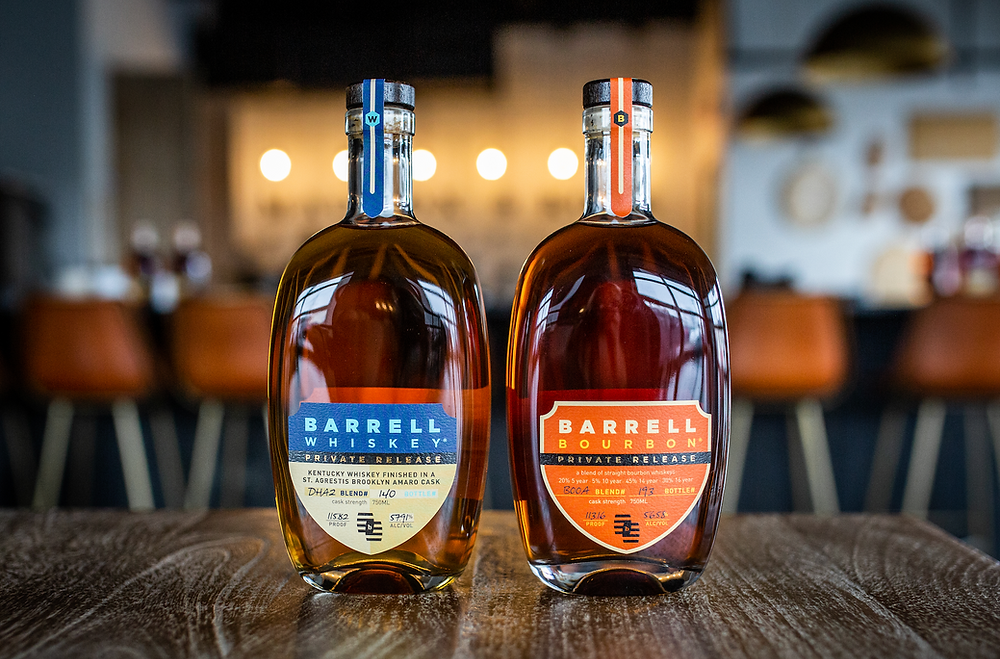
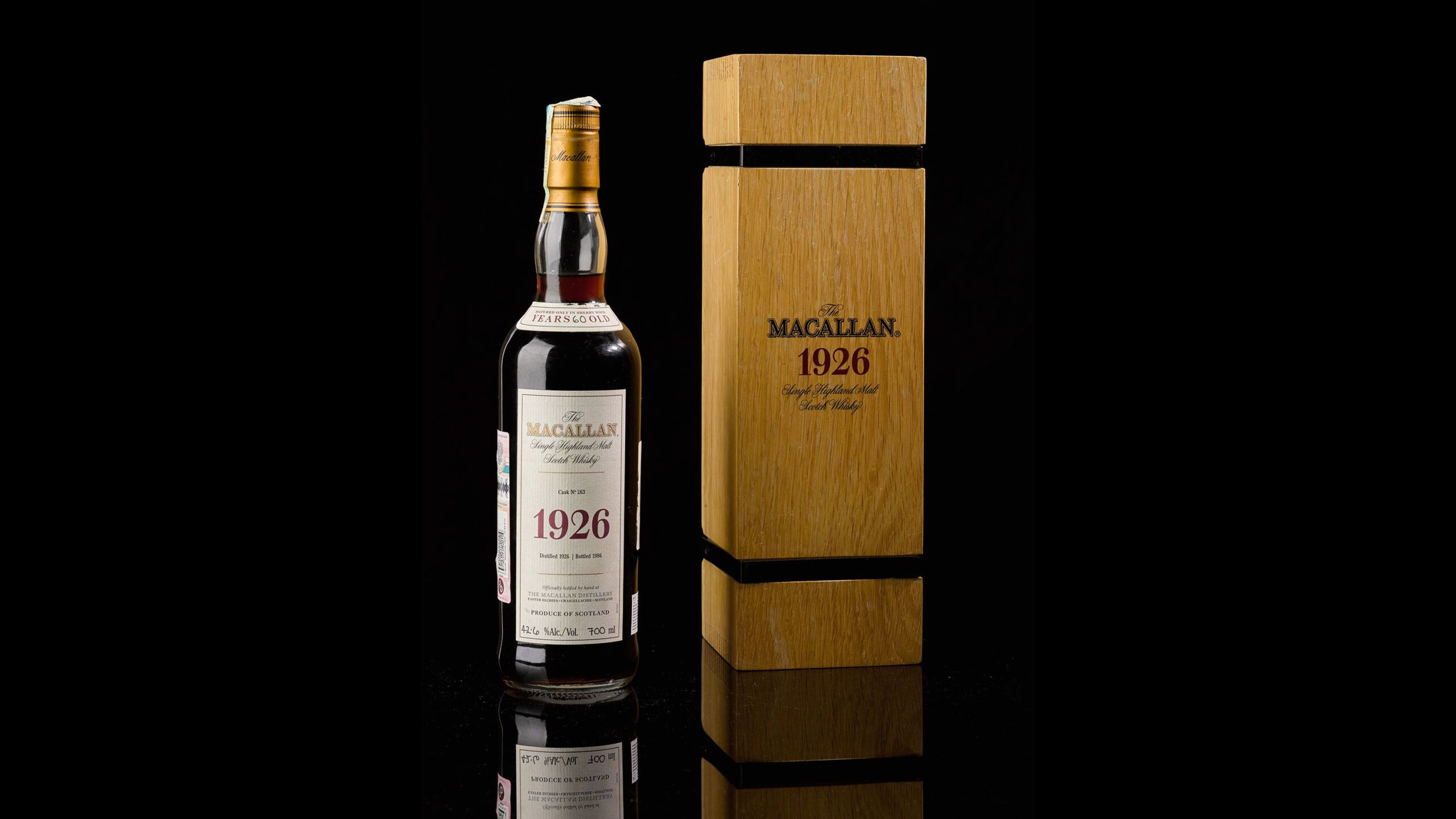
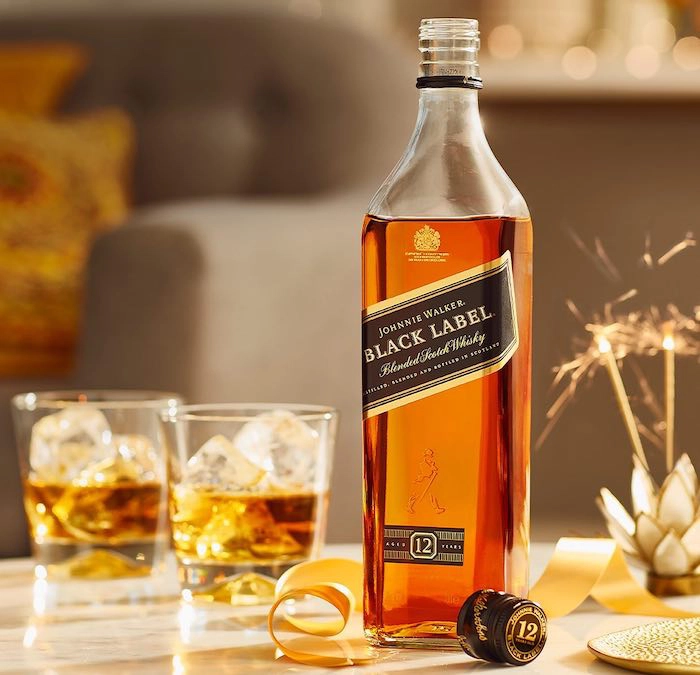

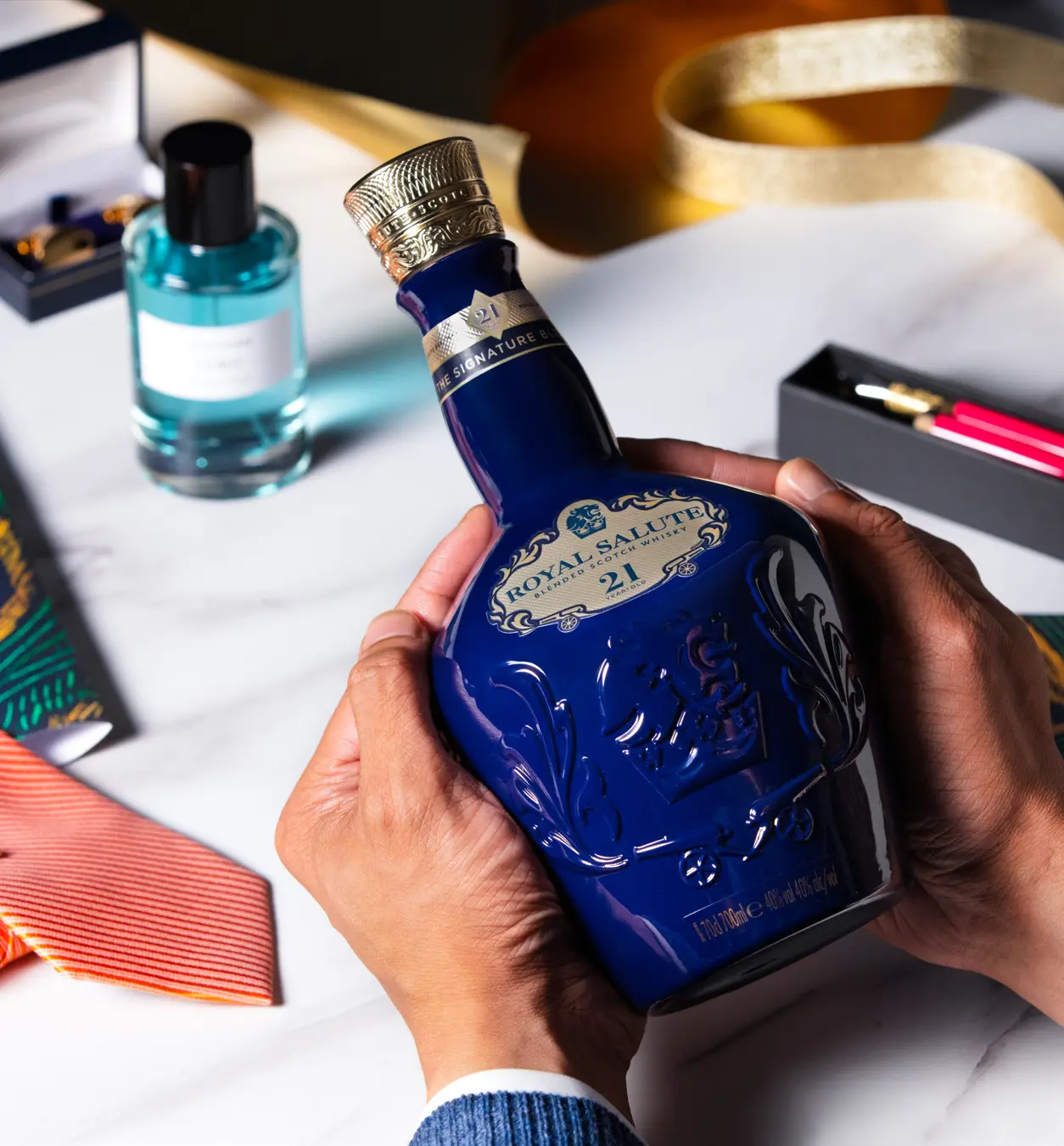

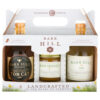
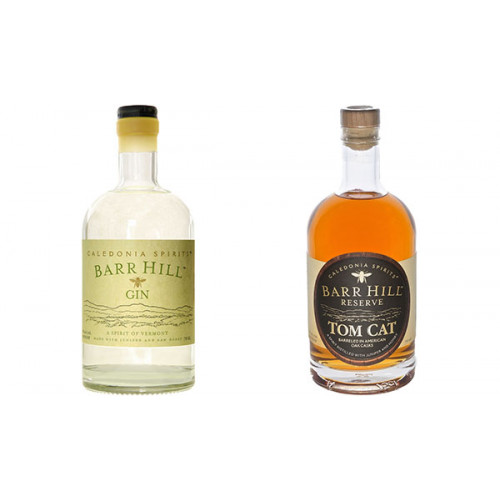
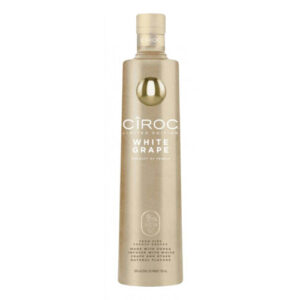
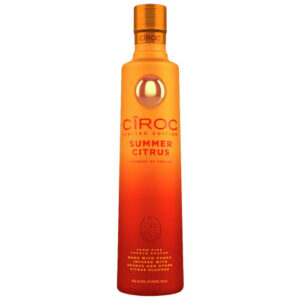
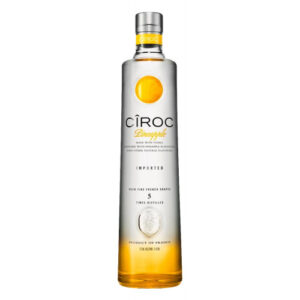
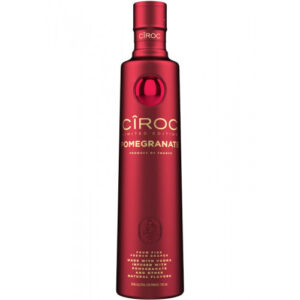
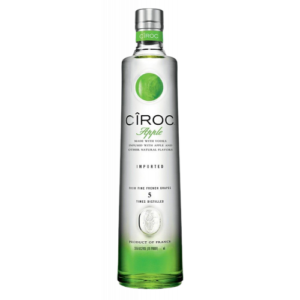

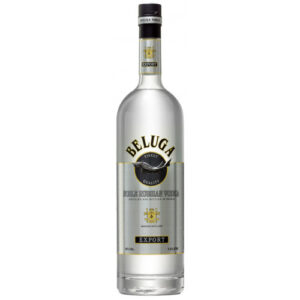
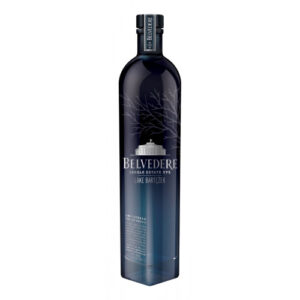
Reviews
There are no reviews yet.